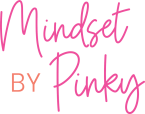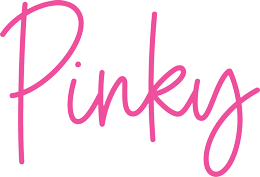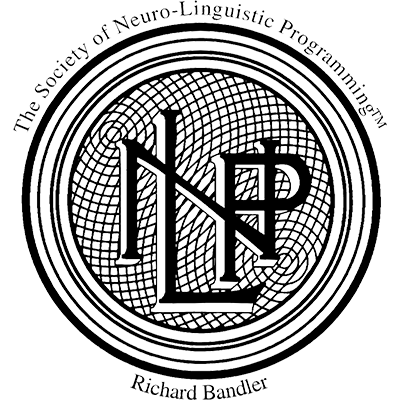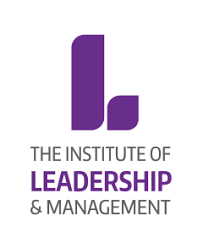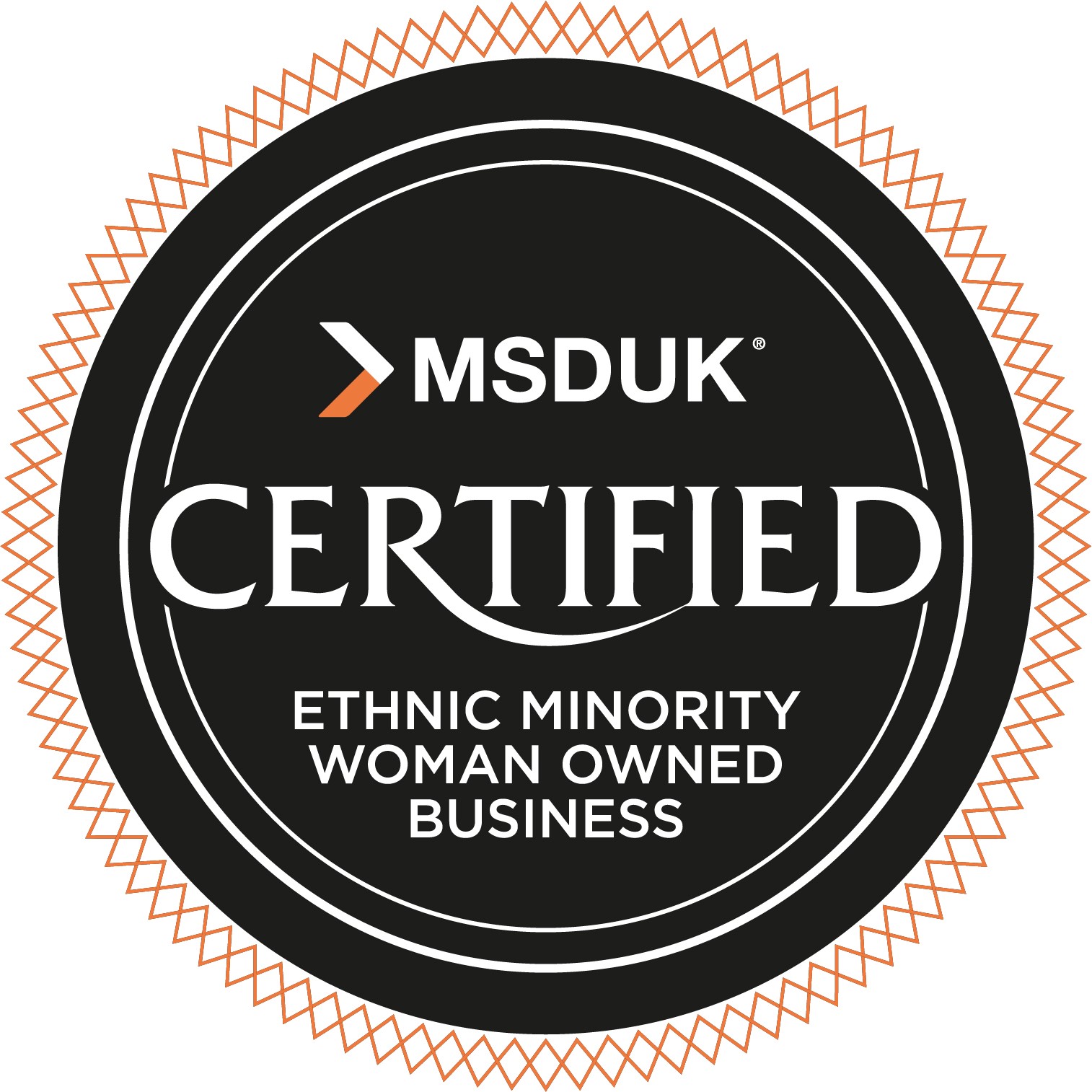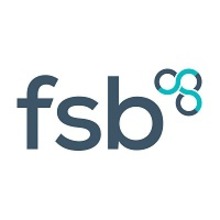In my view, it can be defined by anything from leaders who are aware of their own biases and preferences, to leaders who actively seek out and consider different views and perspectives to inform better decision-making.
It can even be as simple as challenging stereotypes and speaking out on issues that their team faces.
But what above all that overrides this is the leadership ability to adapt to change and thrive in an
evolving market, which is essential for emerging industries.
As outlined by Deloitte in their 2016 article on Inclusive leadership, there are six main principles to consider.
Those are;
● Cognisance
● Curiosity
● Cultural Intelligence
● Courage
● Collaboration
● Commitment
In the modern world, there are four global mega-trends that are creating a business curriculum that is far less synergetic and much more diverse and complex than has been the case in days gone by. Those pillars are outlined as markets, customers, ideas, and talent.
These different types of shifts link with one another to influence the business ethos, priorities and carve out the skills and capabilities of successful leaders of the next generation.
With markets, customers, ideas, and talent being at the forefront of business planning more than ever before, leaders are looking to diversity and inclusion practices to bring a united front in product development, talent acquisition, hiring and customer retention to homogenize their company outlook.
In the days of Me Too, LGBTQ+ inclusion, BLM and Stop Asian Hate, it is our responsibility upheld by all business managers to ensure they are being cooperative, fair and responsive in a diverse, sustainable environment.
There may well be companies that slip through the diversity net in terms of non morally due north ethics, but with the cancel culture and jury by social media afoot, the general public are holding the majority of companies to account on their less than sparkling business ethics.
This in turn can help and hinder the DEI movement, as more and more people are becoming aware of outdated practices in the workplace, but aren’t finding ways to help their voices be heard in their management line. Maybe a major factor in the great resignation.
With the increase of awareness there has to be an increase of education for all, especially with more weight on the decision makers in business. It can be a fine thing to call out an issue, but how to remedy it effectively can be another approach entirely. “Walk the talk.”
So what can organisations DO in order to combat this issue? A number of things as it turns out.
With strategic alignment highlighting the need for inclusive leadership as a core pillar within the organisation’s diversity and inclusion future strategy, all companies can make the change and compel an argument for a diverse workplace using this framework.
In tandem with diverse hiring, rewards and recognition for implementing these practices and using symbolic workplace movements to highlight this change, for example, appointing primary and secondary leaders who champion inclusive leadership, there can be a great shift in the moral process expected, and a trickle down factor in terms of team implementation.
In short, it is not enough for companies to do NOTHING about the changing environment that affects their business strategy, acting quickly and strongly is the intelligent way to become a front runner of diversity in the workplace.
By Mollie & Pinky
Book a call with Pinky here to find out how you can be an inclusive leader.
